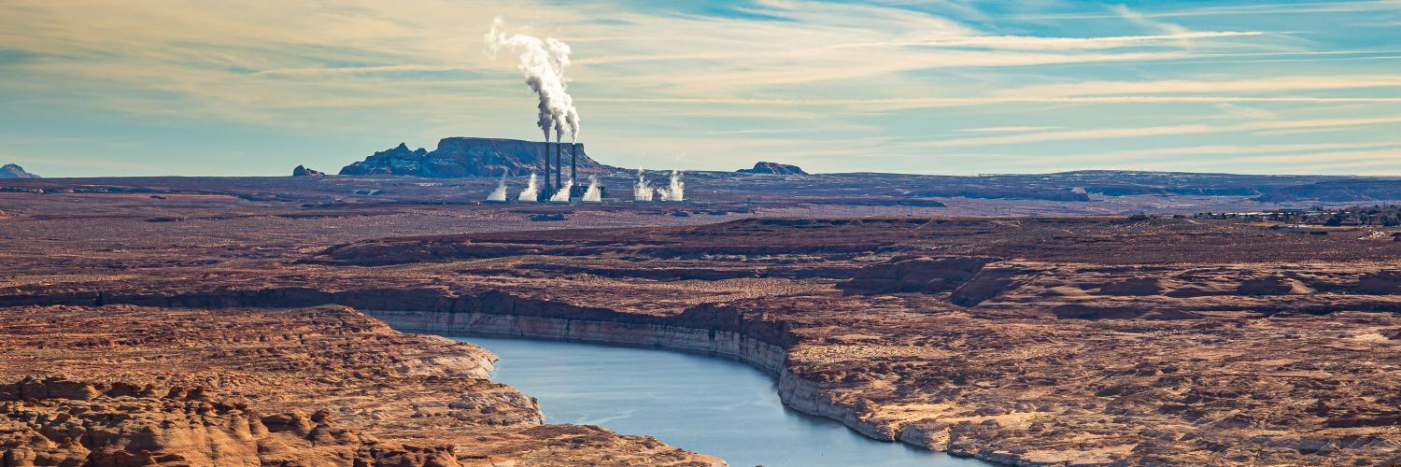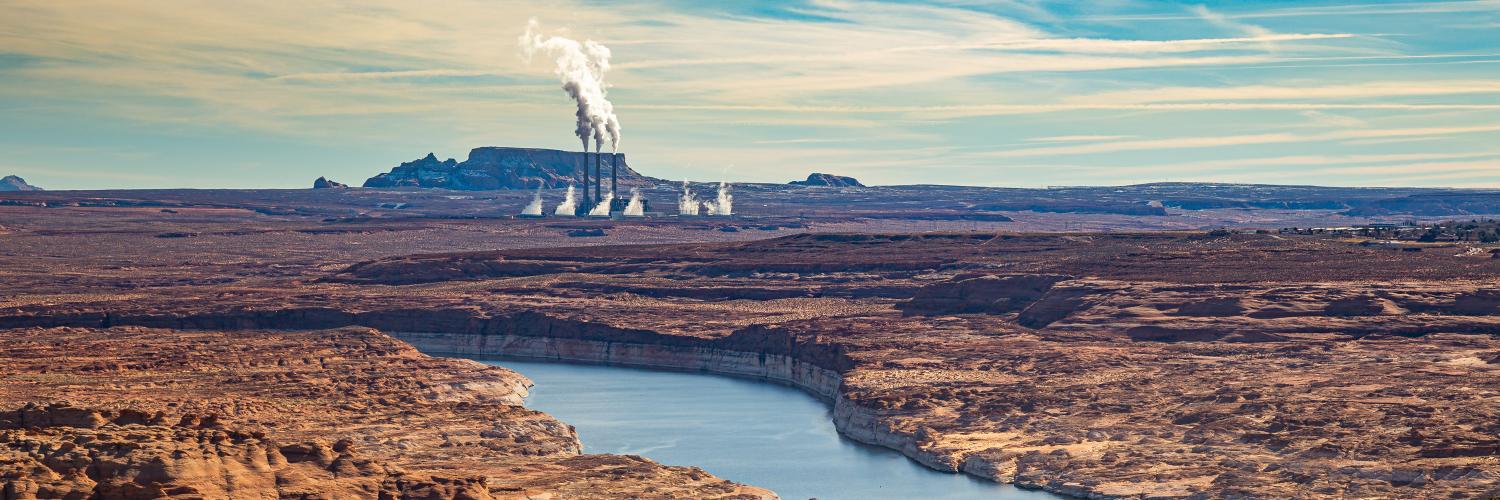Catalyst staff led the NEPA review, evaluating the potential effects of approving coal mining at the Navajo Mine and coal combustion at the adjacent Four Corners Power Plant for an additional 25 years. Both the Four Corners Power Plant and Navajo Mine are located on the Navajo Nation in New Mexico; therefore, this was one of the most high-profile and controversial projects of It's time, putting front and center the dichotomy between environmental justice and climate change concerns. The Four Corners Power Plant and Navajo Mine are major employers for tribal resident and a major source of revenue for the Navajo Nation (and the tribe purchased the mine In 2016); but primary Issues of concern related to the project revolved emissions from the coal combustion and subsequent deposition of emissions and the potential effects to air quality, water quality, and threatened and endangered species.
The project was co-led by the Office of Surface Mining, Enforcement and Reclamation and the Bureau of Indian Affairs, with 8 cooperating agencies also participating in the NEPA process (USACE, BLM, USFWS, National Park Service, USEPA, Navajo Nation, and the Hopi Tribe). Both the EIS and the Section 7 Consultation included quantification of the effects of removal efforts of different aquatic invasive species in this portion of the Colorado River watershed. The Biological Assessment included an analysis of more than 30 species, as well as cutting edge analysis of population viability, air deposition modeling, and habitat value to determine the likely long-term impacts to populations of endangered Colorado Pikeminnow and Razorback Sucker in the San Juan River.
Public outreach for the project was extensive and Included nine scoping meetings and nine public meetings across four states and Navajo and Hopi tribal lands. Catalyst staff responded to over 16,000 unique comments from thousands of public comment letters. The Final EIS, Records of Decision, Section 7 Biological Opinion, and Section 106 Programmatic Agreement were all successfully completed In less than three years, ahead of the judicially mandated decision deadline.
NEPA, Regulatory Consultation and Compliance, Public Outreach

